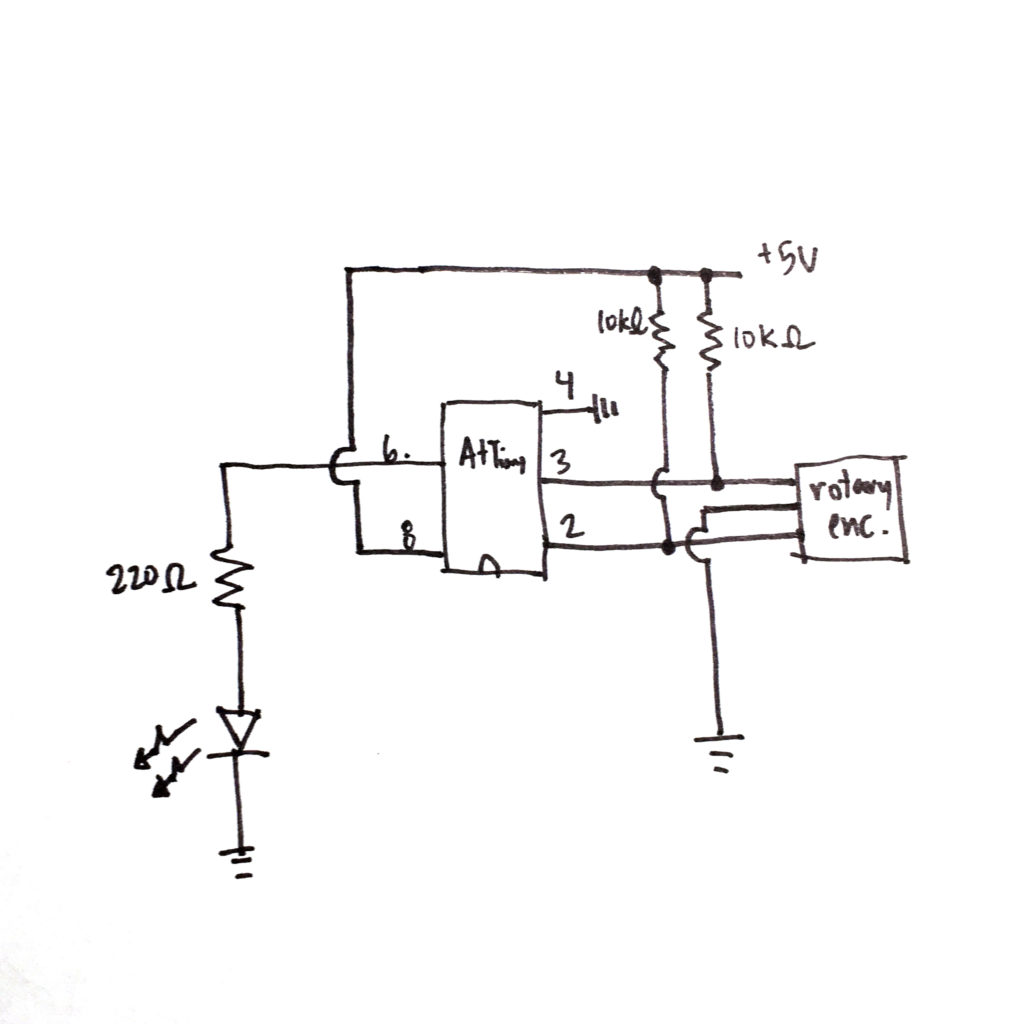As We May Think, Vannevar Bush
Evident in Bush’s visionary essay is how our visions of the future are fundamentally constrained by our references of the present. Invention seems to be an incremental process in which one piece is slightly different than the proceeding, yet the changes accumulate and when compared over a large set of inventions, the changes can seem monumentous. For example, Bush proposed the memex, a piece of machinery as the library of collective information. The technology he describes builds on existing capabilities and anticipated advancements: an ordinary desk with multiple translucent screens for viewing of any number of microfilms. Each of these parts were either already developed or in the process of developing, but the notion of combining them and thus distributing collective information was revolutionary. Additionally, the navigation between many pieces of information becomes part of the memex itself, which Bush describes as trails.
Moreover, when numerous items have been thus joined together to form a trail, they can be reviewed in turn, rapidly or slowly, by deflecting a lever like that used for turning the pages of a book. It is exactly as though the physical items had been gathered together from widely separated sources and bound together to form a new book. It is more than this, for any item can be joined into numerous trails…
Thus he goes, building a trail of many items. Occasionally he inserts a comment of his own, either linking it into the main trail or joining it by a side trail to a particular item. When it becomes evident that the elastic properties of available materials had a great deal to do with the bow, he branches off on a side trail which takes him through textbooks on elasticity and tables of physical constants. He inserts a page of longhand analysis of his own. Thus he builds a trail of his interest through the maze of materials available to him.
Yet the idea of easily distrubting and accessing information is still constantly pursued today. Bush presents a tool for collective information distribution in the hopes of a collective knowledge. The distinction between information and knowledge is important as the network has largely enabled his goal of collective information. While information may be accessible, its accessibility does not guarantee its collective understanding or knowledge. Perhaps the next increment in this invention is not a technological advancement but human-being one? How do we intellectually, socially and culturally process all the information now made accessible? What does it mean for information to be accessible but not become knowledge?
Lastly, one last incomplete thought…Bush describes the memex as a means for outsourcing our memories:
He has built a civilization so complex that he needs to mechanize his records more fully if he is to push his experiment to its logical conclusion and not merely become bogged down part way there by overtaxing his limited memory.
But by not storing things in our memory, do we have to re-learn and re-identify information over and over again?

